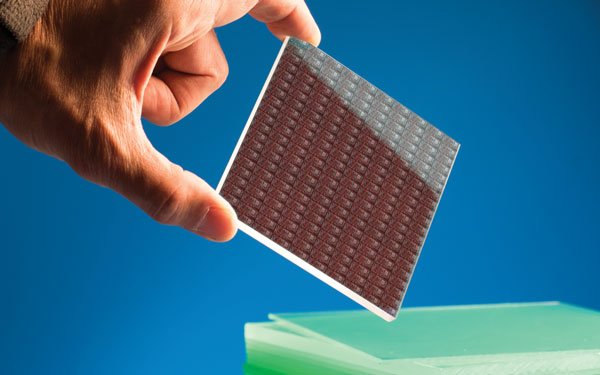Interview with Michael Springer, Associate Professor of Systems Biology, Harvard Medical School
Posted: 17 March 2016 | Caroline Richards | No comments yet
Caroline Richards, Editor of Drug Target Review, invites Michael Springer, Associate Professor of Systems Biology, Harvard Medical School to discuss a laboratory study of a yeast model using microfluidic systems…


Caroline Richards, Editor of Drug Target Review, invites Michael Springer, Associate Professor of Systems Biology, Harvard Medical School to discuss a laboratory study of a yeast model using microfluidic systems.
What kinds of research does your laboratory currently focus on?
Our lab works on trying to understand how cells make decisions when they are faced with multiple sets of inputs and we do this mainly through a lot of comparative physiologies – that is, comparing different strains and their differences in responses at the molecular level, following things like fluorescent probes for expression, or changes in localisation between different proteins.
Can you describe the challenges you have faced with microfluidic systems?
We tried using microfluidics in a couple of different formats beforehand. For the first, we retrieved designs of microfluidic systems from other people, copied their designs and then tried to get them to work. However, we found that either the design often does not work exactly as the originators said it would, or that you actually need those people with you in order to get the design to work as they intended. We found modifying someone else’s design is extremely difficult to do. We then started making our own designs but, as we were warned, there is a steep learning curve, and just making the microfluidic device was in itself quite challenging. It becomes as much of a project to actually make the device as it does to do the experiment.
Related topics
Microfluidic Technology
Related organisations
Harvard Medical School, Merck KGaA



